With the demise of Pope Francis on 21 April 2025, the Catholic Church stands at a pivotal crossroads. The forthcoming papal conclave in May 2025 will not only determine the next spiritual leader of over a billion Catholics but also play a crucial role in shaping the future direction of the Church – particularly regarding the legacy of Pope Francis, whose pontificate was marked by reform, compassion, and a widening of the Church’s moral and global vision.
The election of a new Pope is a ritual steeped in centuries of tradition, a process that blends profound spiritual significance with intricate procedural safeguards. At the heart of this ancient process lies the conclave – a term popularised afresh through Robert Harris’s bestselling novel and its 2024 cinematic adaptation directed by Edward Berger. Derived from the Latin cum clave, meaning “with a key,” the term underscores the physical and symbolic seclusion of the College of Cardinals locked away within the Vatican as they gather there to discern the next successor to St. Peter.
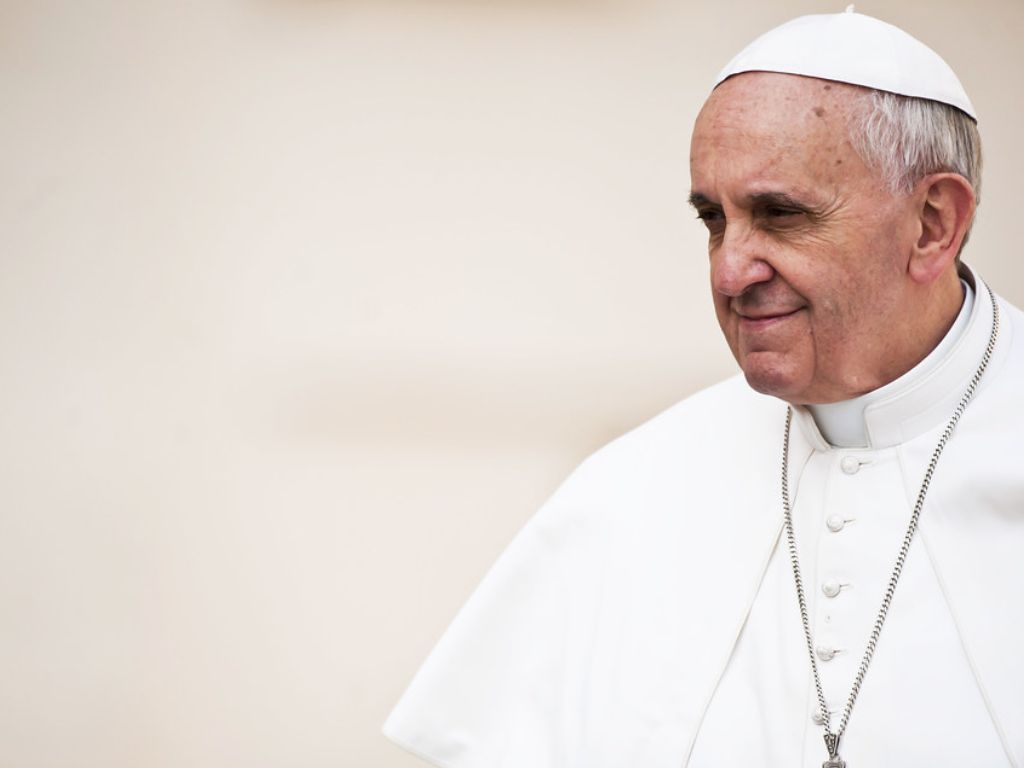
A papal conclave is convened when the Holy See becomes vacant due to the death or resignation of the pope. Following a traditional nine-day mourning period which includes the funeral rites of the deceased pope, the College of Cardinals gathers in the Sistine Chapel at St. Peter’s Basilica to begin the election process. Only cardinals under the age of 80 are eligible to vote. These electors reside during the conclave at the Domus Sanctae Marthae, a Vatican residence, and are fully cut off from all external communication to ensure confidentiality and prevent undue influence.
The process is formally initiated by the Cardinal Camerlengo (from Latin camerarius, meaning chamberlain). As a high-ranking Church official, the Camerlengo plays a pivotal role in the period known as sede vacante (the time between popes). Upon the pope’s death, he formally verifies and announces it, then takes possession of the Ring of the Fisherman, a symbol of papal authority, and ceremonially destroys it to prevent its possible misuse in sealing documents.
Read More: From Revelry To Repentance – The Transition From Carnival To Lent
During this interregnum, the Camerlengo acts as the administrator of the temporal goods and operations of the Holy See and Vatican City, ensuring the smooth functioning of daily affairs. While his powers are limited to caretaking duties, he also serves as the de facto head of state of Vatican City during the vacancy.
Most importantly, the Camerlengo is responsible for organising and overseeing the conclave. This includes managing its logistical arrangements, safeguarding the integrity and secrecy of the election, and coordinating the pre-conclave meetings among cardinals that help set the stage for choosing the next leader of the Catholic Church.
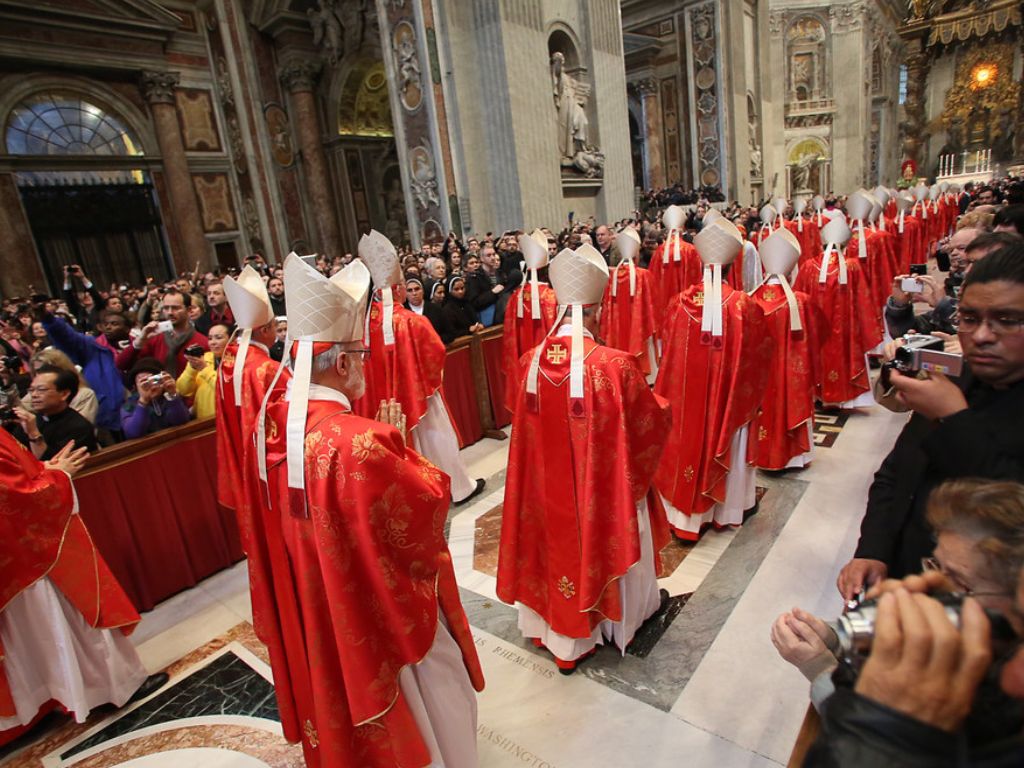
The papal conclave unfolds through a meticulously designed process that seamlessly integrates spiritual discernment with procedural precision. Commencing with a Eucharistic celebration during which the members of the conclave collectively invoke the guidance of the Holy Spirit underscoring the sacred nature of the proceedings. This spiritual foundation is expected to shapes the subsequent practical measures, creating a seamless transition from prayer to action.
Before the commencement of voting, all cardinal electors take a solemn oath of secrecy, a necessary safeguard that maintains the integrity of the election. Only after this oath is administered are the doors of the Sistine Chapel ceremonially sealed, marking the start of the conclave. The physical seclusion mirrors the spiritual isolation required for undistracted discernment.
While the conclave remains cloaked in secrecy, the dynamics that unfold within it are influenced by personalities, alliances, theological leanings, and global contexts. As vividly portrayed in the film Conclave, the election is not just a spiritual exercise but also a complex human drama.
However, as depicted in the film Conclave, the human factor can significantly influence the conclave, even within its highly structured and spiritually guided framework. While the process is designed to be methodical and divinely inspired, individual personalities, alliances, rivalries, personal convictions, and cultural or theological differences can inevitably shape the outcome.
The voting mechanism itself incorporates multiple layers of verification to ensure legitimacy. Each cardinal records his choice on a ballot inscribed with ‘Eligo in summum pontificem’ (I elect as supreme pontiff). The ballots are folded twice to preserve anonymity and placed in a locked urn. The counting process is conducted by three randomly selected cardinals, who read each vote aloud and record the results, ensuring both accountability and transparency within the secure environment.
Read More :The Sartorial Power Play and Politics
To be valid, a papal election requires a two-thirds majority, a high threshold that reflects the Church’s desire for unity and broad consensus. If no candidate meets this requirement, the ballots are burned in a specially designed stove within the chapel, producing black smoke that signals an inconclusive vote. This smoke emerges from a chimney visible to the public in St. Peter’s Square.
When a candidate receives the necessary two-thirds majority, the ballots are burned with a special chemical to produce white smoke – a universally recognised sign that a new pope has been chosen. The appearance of this white smoke sets off a wave of global anticipation, culminating in the historic declaration from the balcony of St. Peter’s Basilica: Habemus Papam! (We have a pope!). This powerful tradition links the secrecy of sacred deliberation with the public joy of revelation, embodying the Church’s enduring balance between ancient ritual and contemporary transparency.
As the crowd erupts in joy, the pontiff steps forward to deliver his first apostolic blessing, Urbi et Orbi (To the City and to the World). This ancient rite marks not just the conclusion of the conclave, but the birth of a new era for the Catholic Church. With hands raised in benediction, he assumes his dual role as Bishop of Rome and spiritual leader of the Catholic Church worldwide.
Once a cardinal has secured the required two-thirds majority, the Dean of the College of Cardinals approaches him to ask the pivotal question: “Do you accept your canonical election as Supreme Pontiff?” Upon accepting, the newly elected pope selects a papal name, a tradition that often reflects the legacy or values he wishes to embody during his pontificate.
The newly elected pontiff is then escorted to the Room of Tears (Camera Lacrimatoria), a small chamber adjoining the Sistine Chapel. Its name derives from the emotional weight of the moment — many popes, confronted by the staggering responsibility of their office, have wept here in humble reflection Within this private space, he is vested in the papal garments (prepared in multiple sizes to accommodate any electee) and begins his transformation from cardinal to Vicar of Christ.
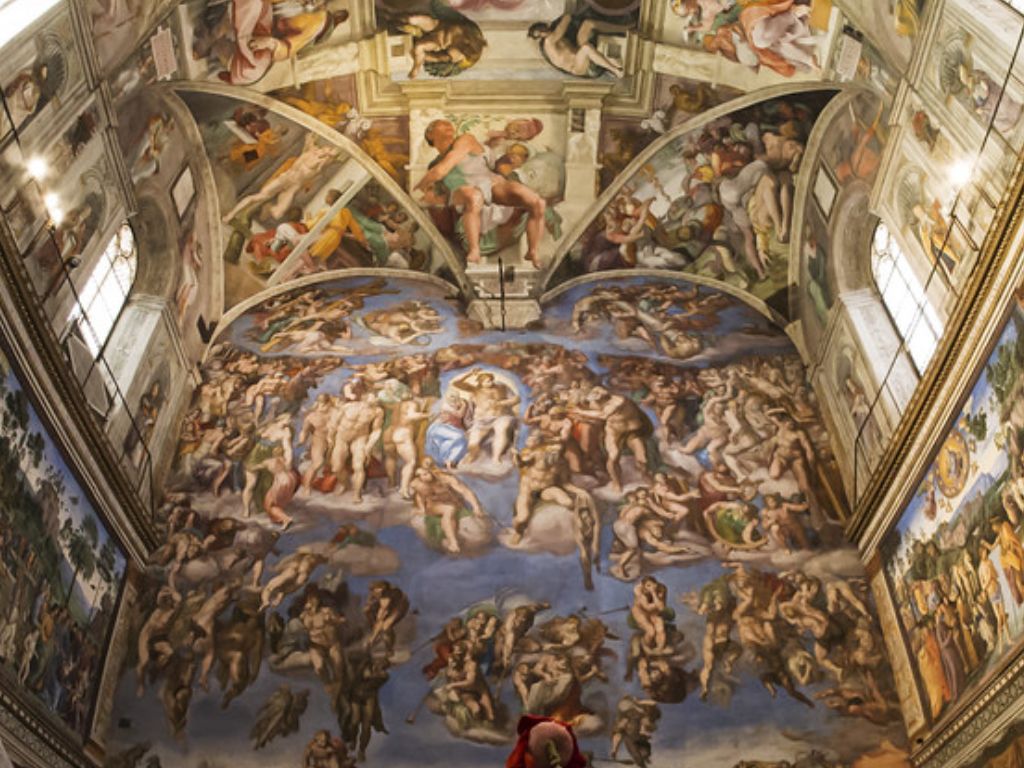
Vested in the symbols of his new authority, the pope proceeds to the central balcony of St. Peter’s Basilica, where history unfolds. The Senior Cardinal Deacon announces to the world:
Habemus Papam! (We have a pope!), revealing the chosen name of the new successor of St. Peter.
As the crowd erupts in joy, the pontiff steps forward to deliver his first apostolic blessing, Urbi et Orbi (To the City and to the World). This ancient rite marks not just the conclusion of the conclave, but the birth of a new era for the Catholic Church. With hands raised in benediction, he assumes his dual role as Bishop of Rome and spiritual leader of the Catholic Church worldwide.
As the College of Cardinals prepares to cast their ballots beneath Michelangelo’s frescoed ceiling, one thing is clear: the impact of this conclave will ripple far beyond the Vatican. It will shape the Church’s voice in the world, define its stance on urgent global issues, and signal whether it chooses continuity or change. In the uncertainty that precedes the white smoke, all possibilities remain on the table.
While the conclave remains cloaked in secrecy, the dynamics that unfold within it are influenced by personalities, alliances, theological leanings, and global contexts. As vividly portrayed in the film Conclave, the election is not just a spiritual exercise but also a complex human drama.
In this year’s conclave, the stakes are especially high. The direction the Church will take – whether toward continuity with Francis’s reformist legacy or a conservative reset – is uncertain. Progressives inside and outside the Church hope for a successor who will deepen Francis’s commitment to inclusivity, social and environmental justice, and pastoral flexibility. Traditionalists, by contrast, view this moment as an opportunity to return to stricter doctrinal clarity and hierarchical authority.
Read More: World Refugee Day Feature: The Challenge of Angels Unawares
A crucial factor in this balance is the rising influence of the Global South. Many cardinals from Africa and Asia, appointed by Francis himself, now have the numbers to shape the outcome decisively. These electors may favour a pope aligned with Francis’s global justice agenda, but their conservative views on moral and doctrinal issues could just as easily lead them to form strategic alliances with Western traditionalists – potentially producing a theologically rigid pontiff with broad cross-cultural support.
This situation is reminiscent of another moment in modern Church history: the surprise election of Karol Wojtyła as Pope John Paul II in 1978. Though few predicted his election, his papacy has had monumental consequences, not just for the Church but also for world affairs, including the eventual collapse of communism. Similarly, Pope Francis, though more isolated in his stance, has stood as a prophetic voice against rising authoritarianism, nationalism, and the erosion of democratic norms. In a volatile and unstable world, his voice has served as a moral anchor grounded in universal values.
As the College of Cardinals prepares to cast their ballots beneath Michelangelo’s frescoed ceiling, one thing is clear: the impact of this conclave will ripple far beyond the Vatican. It will shape the Church’s voice in the world, define its stance on urgent global issues, and signal whether it chooses continuity or change. In the uncertainty that precedes the white smoke, all possibilities remain on the table.
Picture Courtesy: Flickr
Sacaria Joseph is an Assistant Professor in the Department of English at St. Xavier’s College, Kolkata. Having pursued his undergraduate studies at St. Xavier’s College, he furthered his academic journey by obtaining a Master of Arts degree in English Literature from Pune University, a Master of Philosophy from Jadavpur University, Kolkata, and a PhD from Visva-Bharati University, West Bengal. In addition to his academic pursuits, he writes on a wide array of subjects encompassing literature, philosophy, religion, culture, cinema, politics, and the environment.


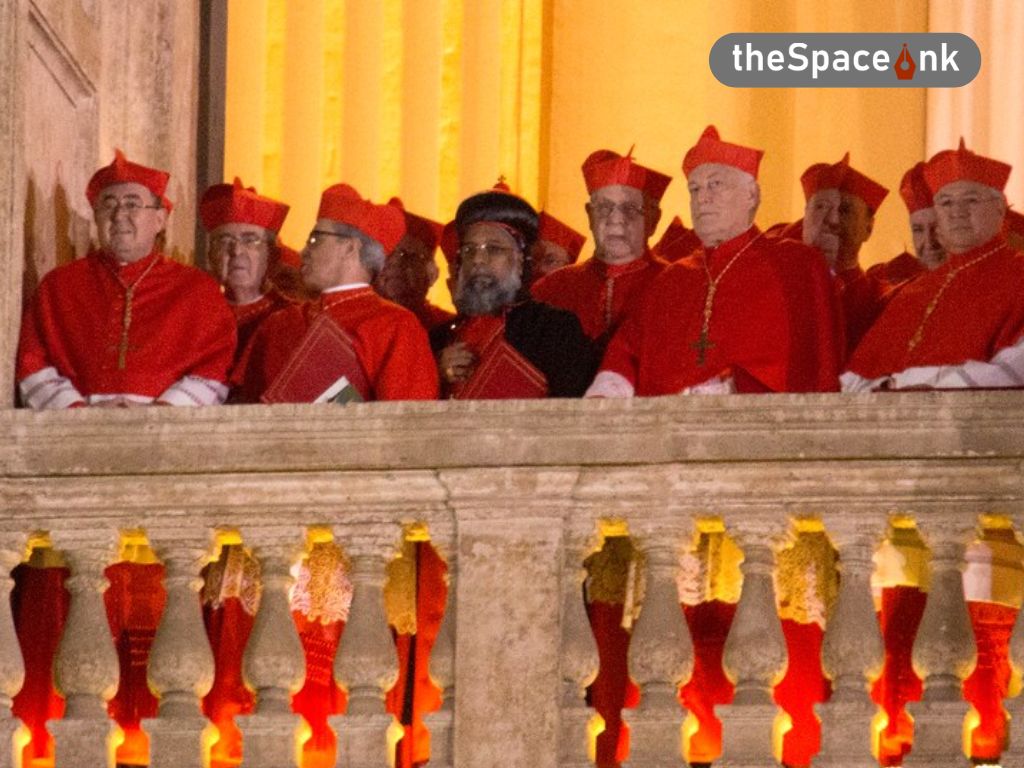


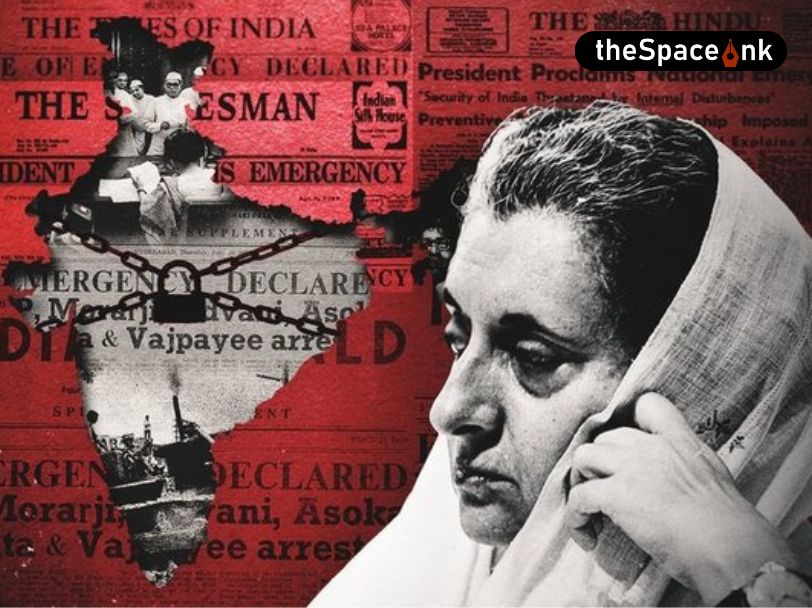

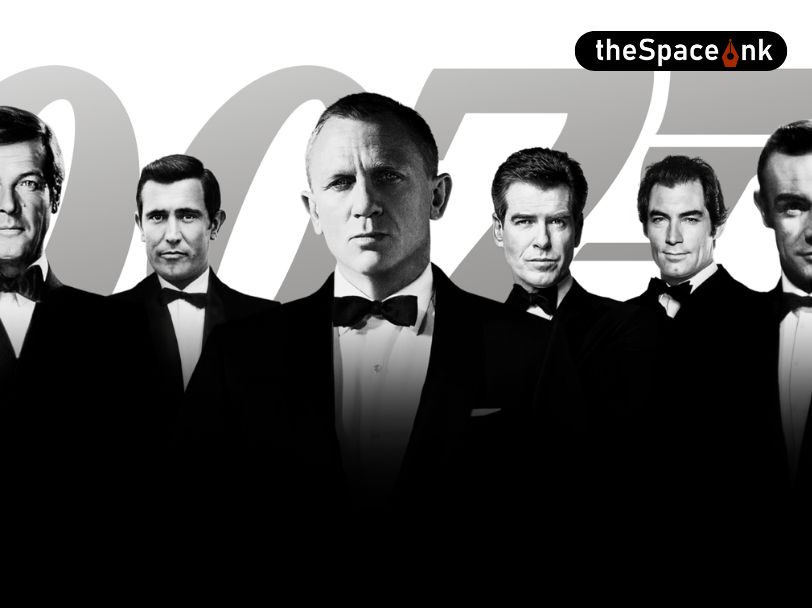
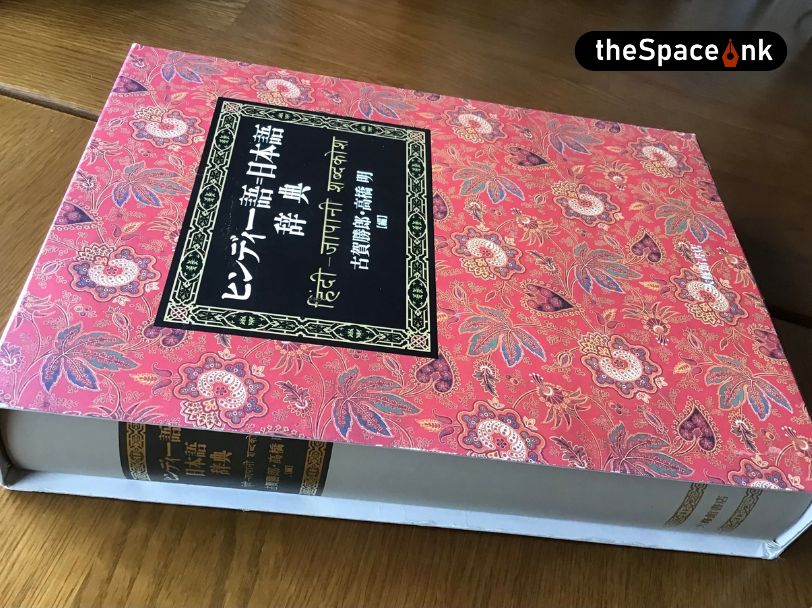
2 Responses
Very informative and useful.Great article.
Thank you Father for this very informative piece on the election of a new Pope.
There were a few things I had no knowledge of before I read your essay.